Ice fishing is one of the most thrilling winter sports and is growing in popularity every year. It’s a fun activity that also serves as a means of escaping the city and taking in the peaceful environment of the outdoors. But picking the appropriate gear is just one of many things that affect how successful a fishing trip is overall. To make ice fishing more pleasurable and productive, we will examine the fundamental ideas and advice for choosing tackle in this post. We cordially encourage you to review our content to discover more about the fantastic environment of ice fishing and how to select the appropriate equipment.
Contents
- 1. How to choose the right rod for ice fishing: main criteria and tips
- 2. Choosing the right reel for ice fishing: we will consider all the important details
- 3. The best choice of line for ice fishing: how to choose the optimal thickness and material
- 4. What should the hooks for ice fishing be: an overview of different types and recommendations for selection
- 5. Selecting the right baits for ice fishing: secrets of effectiveness and practical tips
1. How to choose the right rod for ice fishing: main criteria and tips
Choosing the right rod for ice fishing is an important step for a successful fish-catching experience in winter. There are several main criteria to consider when choosing this tackle:
- Rod Length: It is important to choose a rod of the right length to ensure comfort while fishing and easy access to the hole in the ice. Usually, rods for ice fishing range from 60 to 100 cm in length.
- Rod Material: The most common materials for rods are carbon, fiberglass, and metal. Each material has its own advantages and disadvantages, so choose the one that best suits your needs.
- Rod Type: Ice fishing rods can be single-section or tip-up. Single-section rods are usually more durable and reliable, but tip-up rods are more convenient to transport and store.
2. Choosing the right reel for ice fishing: we will consider all the important details
 Selecting the right reel for ice fishing is a crucial part of a successful fishing experience. There are many different types of reels designed specifically for this purpose. In this section, we will consider all the important details that should be taken into account when choosing a reel for ice fishing.
Selecting the right reel for ice fishing is a crucial part of a successful fishing experience. There are many different types of reels designed specifically for this purpose. In this section, we will consider all the important details that should be taken into account when choosing a reel for ice fishing.
- Type of reel: The type of reel is the first thing to think about while choosing one for ice fishing. For this sort of fishing, spincast and regular spinning reels are the most popular reel types. Standard spinning reels retrieve line from the ice quickly and smoothly, making them ideal for catching tiny fish like perch or pike. Moreover, spincast reels aid achieve more accurate bait placement. Spincast reels are ideal for catching larger fish such as carp and catfish, due to their increased power and ability to easily guide the fishing line through the ice hole.
- Reel Size: The size of the reel should also correspond to the type of fish you plan to catch. For small fish, smaller reels are preferable, while for larger fish, larger reels will be more suitable.
- Reel Material: As with rods, the material of the reel also plays a significant role. Most reels are made from metal or plastic. Metal reels are generally more durable, while plastic reels can be lighter and more affordable. Consider your budget and personal preferences when choosing the material.
3. The best choice of line for ice fishing: how to choose the optimal thickness and material
Choosing the right line for ice fishing is equally important. The fishing line is the main link between the angler and the fish, and its characteristics can greatly affect the success of fishing. When selecting a line for ice fishing, consider the following factors:
- Line Thickness: The thickness of the line should correspond to the type of fish you are targeting. For small fish, thin lines (from 0.12 to 0.2 mm) are generally sufficient, while for larger fish, thicker lines (from 0.3 mm and above) are more appropriate.
- Line Material: The three materials used most frequently for fishing lines are Kevlar, fluorocarbon, and nylon. While fluorocarbon lines are more sensitive to bites and less noticeable in the water, nylon lines are more elastic and less expensive. Kevlar lines are a superior option for catching big fish since they are stronger and less elastic. They are also less noticeable on the ice, which may improve the likelihood of a successful catch. Selecting a line that fits your needs and fishing technique is crucial.
4. What should the hooks for ice fishing be: an overview of different types and recommendations for selection
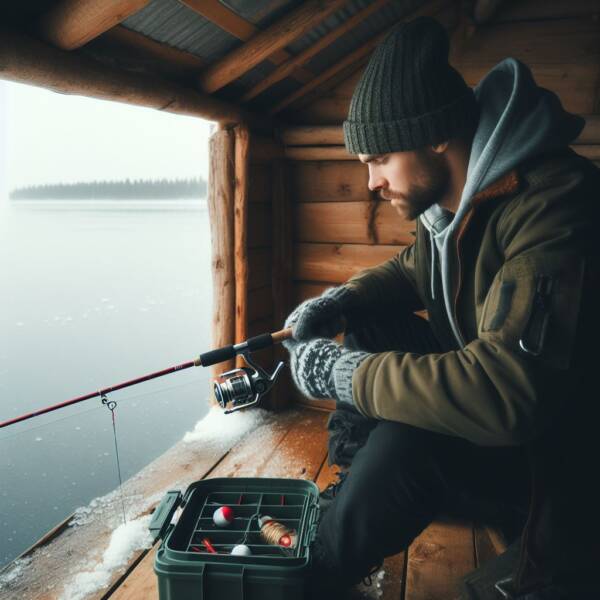 Selecting the appropriate hooks is a crucial step that can significantly impact your overall effectiveness when fishing beneath the ice. For ice fishing, a variety of hook types are available, each with special qualities and benefits of its own. This section will look at several hook kinds and offer suggestions for choosing them.
Selecting the appropriate hooks is a crucial step that can significantly impact your overall effectiveness when fishing beneath the ice. For ice fishing, a variety of hook types are available, each with special qualities and benefits of its own. This section will look at several hook kinds and offer suggestions for choosing them.
- Types of hooks: For ice fishing, there are various kinds of hooks available, including barbed, treble, and straight hooks. The most popular and adaptable hooks are straight ones, which work well for catching most kinds of fish. Since treble hooks improve the likelihood of hooking, they are a particularly helpful tool for targeting fish with powerful bites. Ice fishing also makes use of barbed hooks because of the way their form holds bait.
- Hook Size: The size of the hook is also crucial for successful fishing. Typically, for catching small fish like roach or bleak, small hooks (from 10 to 16) are used. For catching larger fish like zander or pike, larger hooks (from 4 to 8) are generally preferred.
- Hook Material: The material from which the hook is made also matters. Most hooks are made from steel or stainless steel. Stainless steel is more resistant to corrosion and more durable, but it can also be more expensive. Choose the material that best matches your fishing style and conditions.
5. Selecting the right baits for ice fishing: secrets of effectiveness and practical tips
Selecting the appropriate baits is crucial while ice fishing. They have the power to greatly raise your chances of success. This section will go over the factors to take into account when choosing baits for ice fishing.
- Types of baits: A wide variety of baits are available for use in ice fishing. For instance, you can use fake baits like silicone baits or jigs, or live baits like worms or maggots. Artificial baits can be helpful if the fish are not biting on live baits, although live baits are usually more successful in catching a variety of fish.
- Size and Color of Baits: The size and color of baits are also important. They should match the size and color of the fish you are trying to catch. For instance, light or bright colored baits may work well for catching zander, while darker baits are better for pike.
- Fishing Depth: The depth at which you will be fishing is also important when selecting baits. Some types of fish prefer to be caught at deeper levels, while others may be more active on the surface. Learn about the preferences of fish in your area to choose the most effective baits.
By correctly selecting tackle for ice fishing, you will not only improve your fishing results but also enjoy the atmosphere of winter nature. We hope this article was helpful and will assist you in properly preparing for ice fishing.
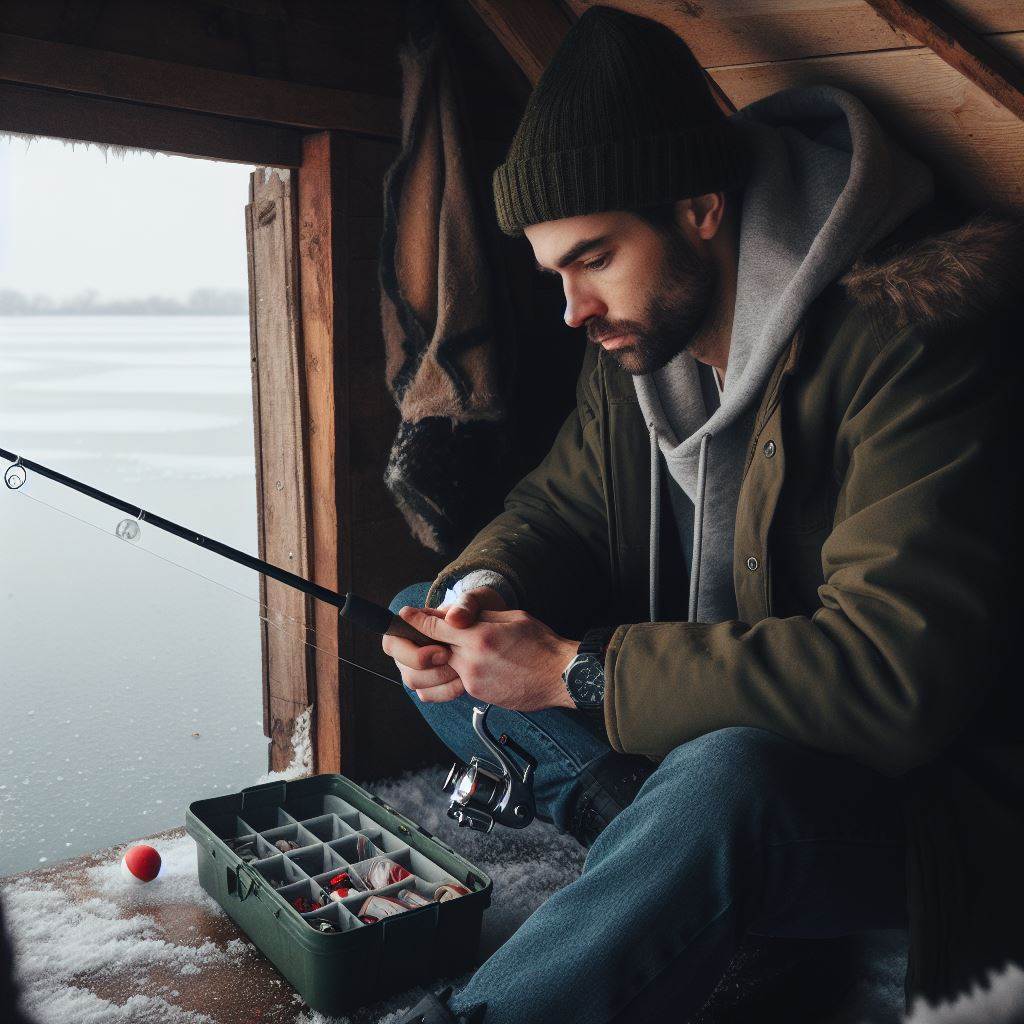
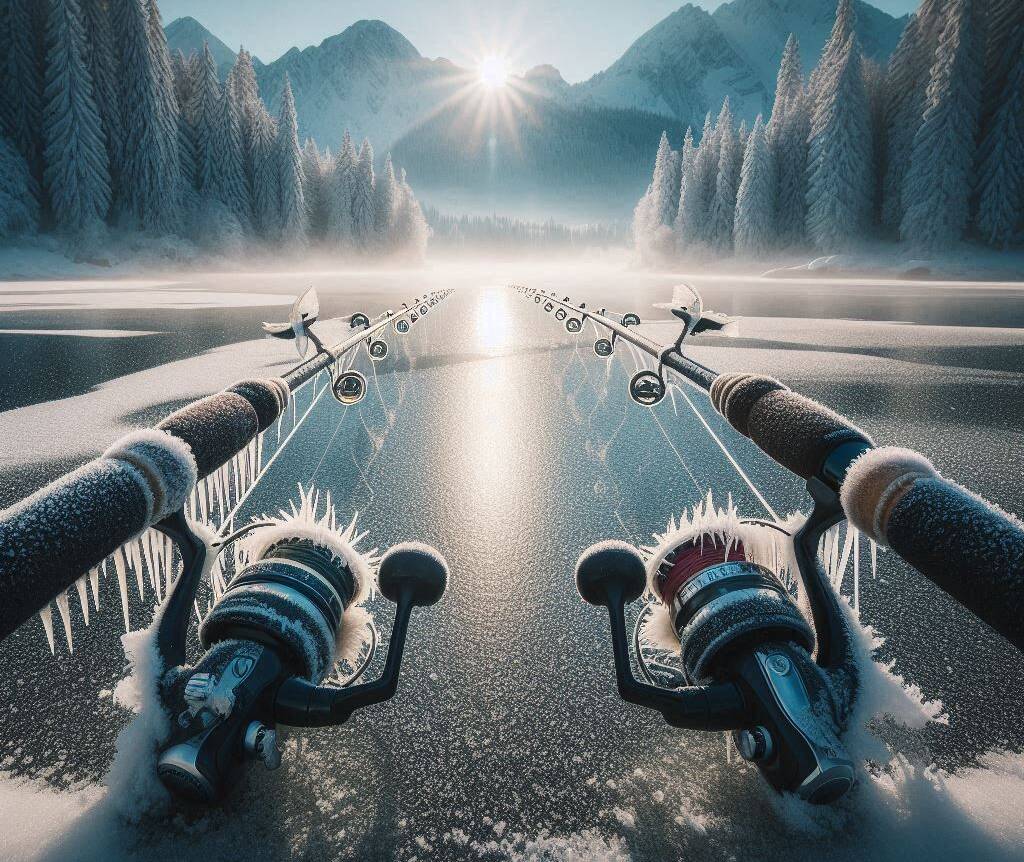
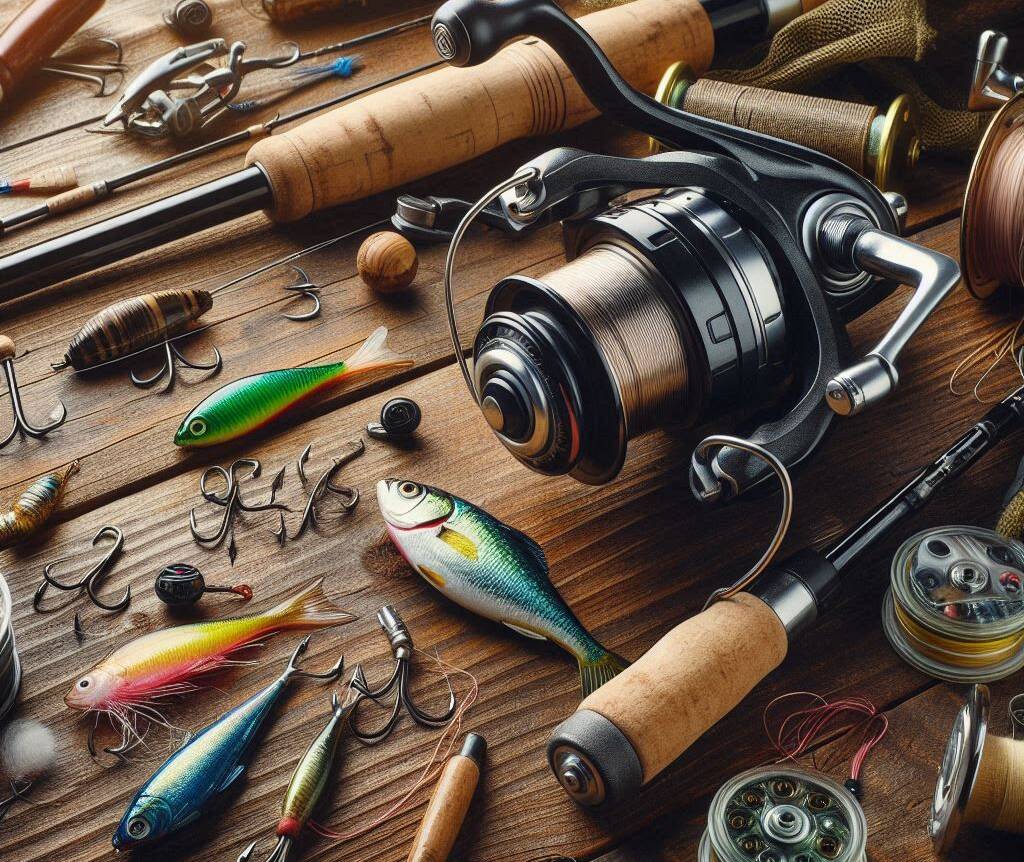
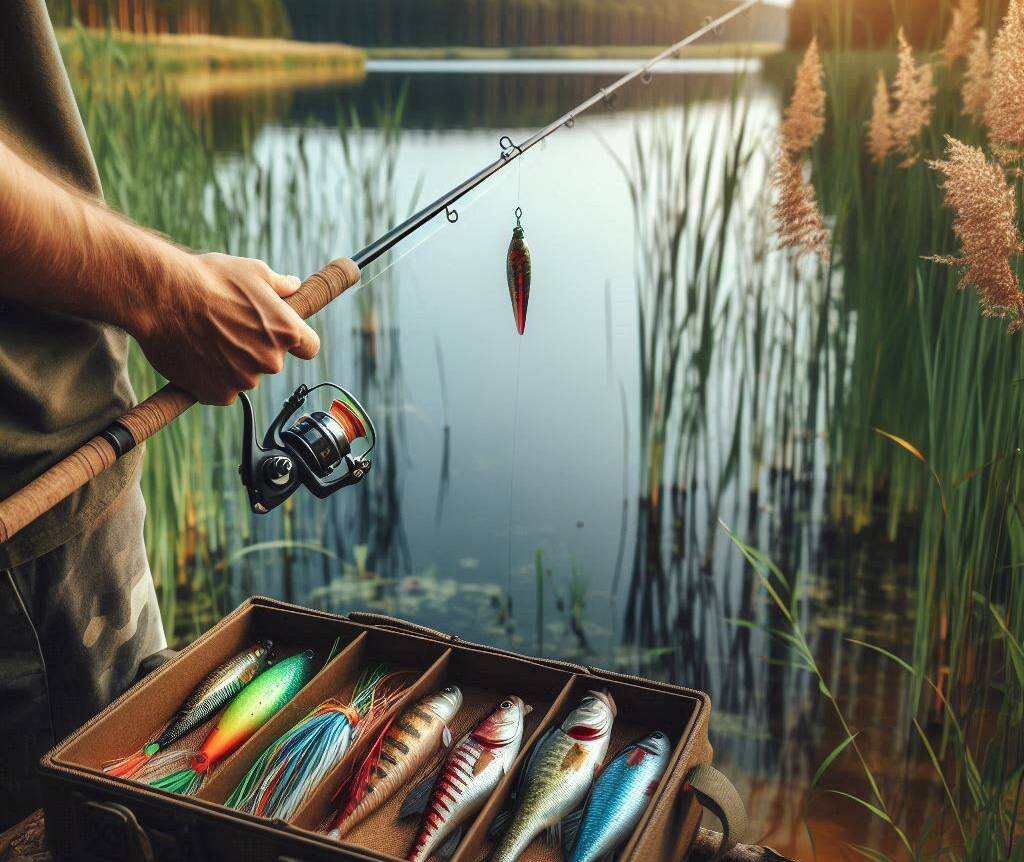

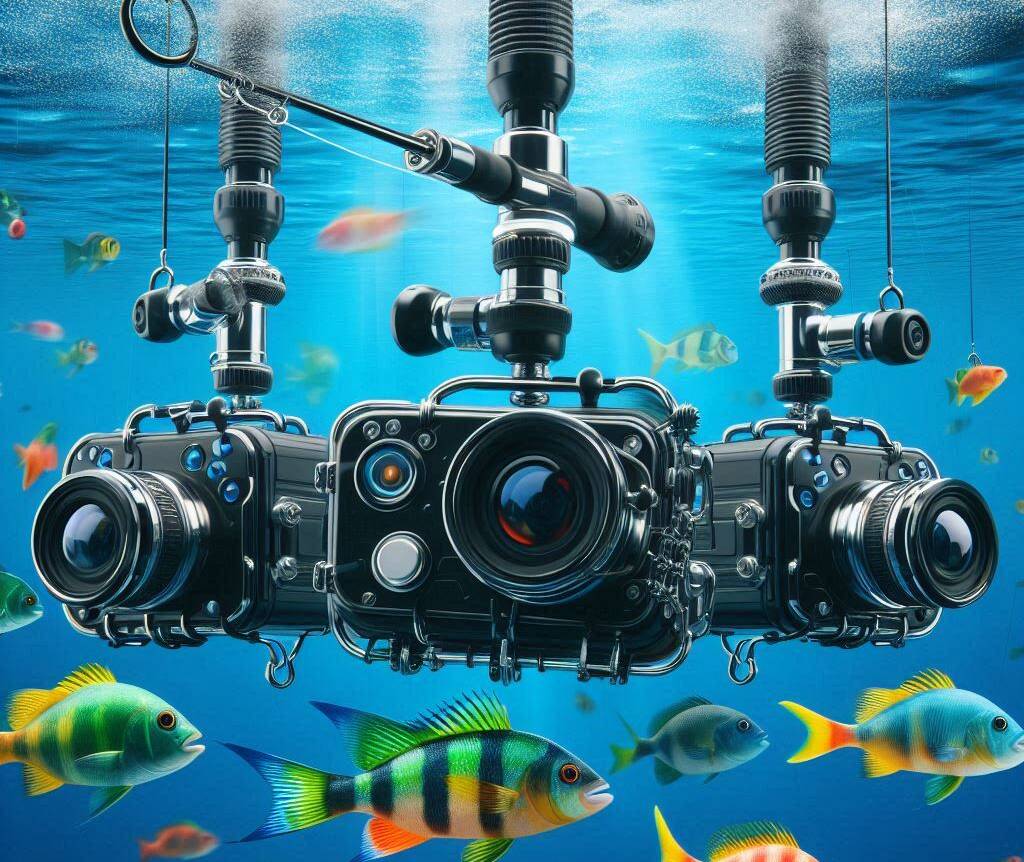
Leave a Comment
Your email address will not be published. Required fields are marked *